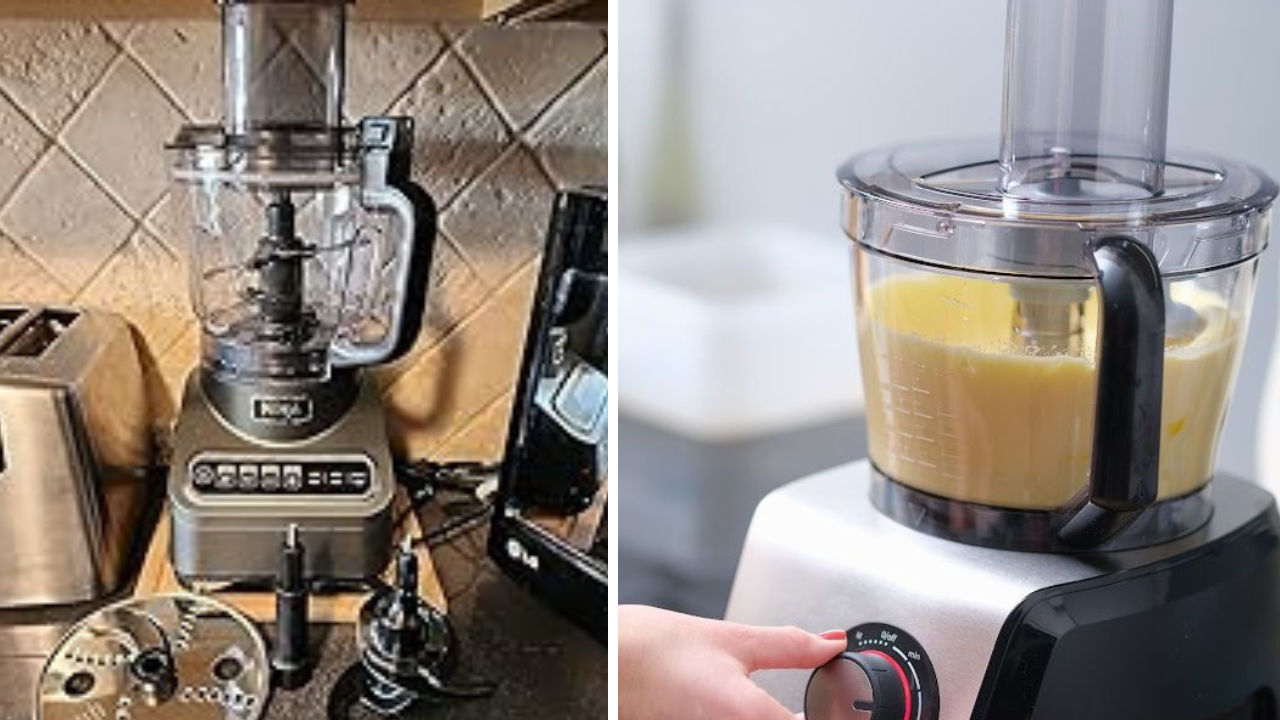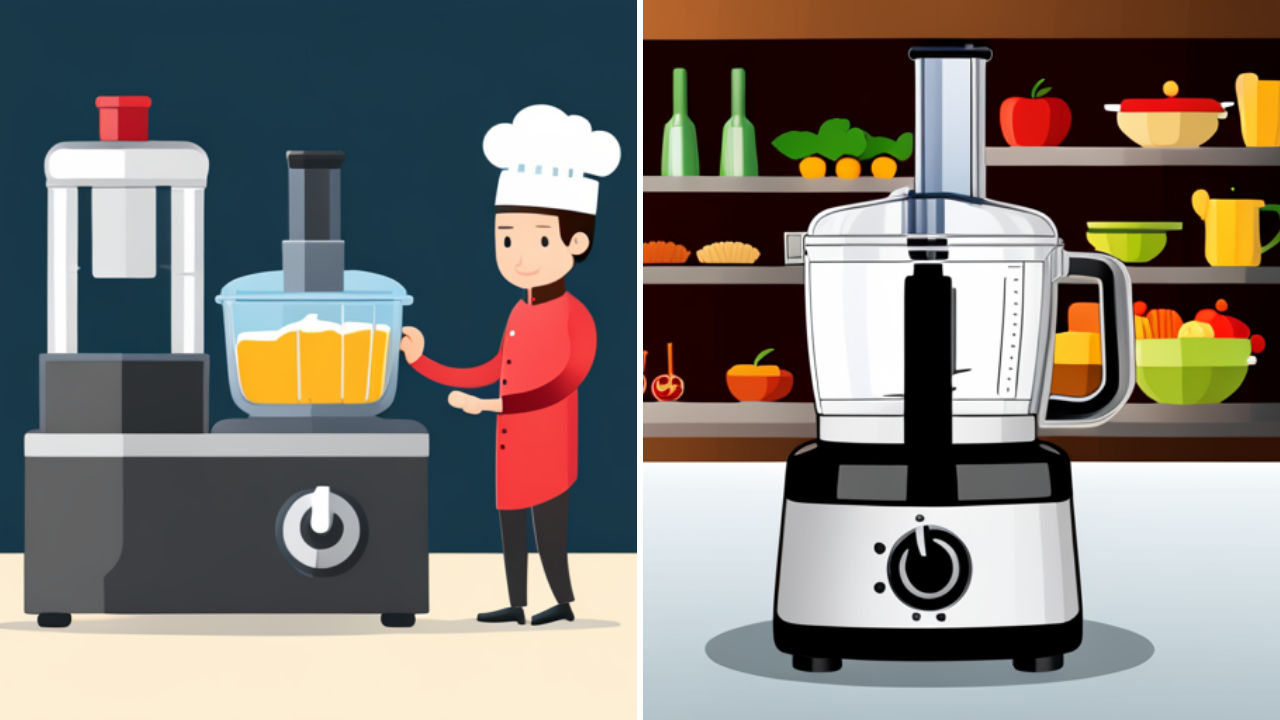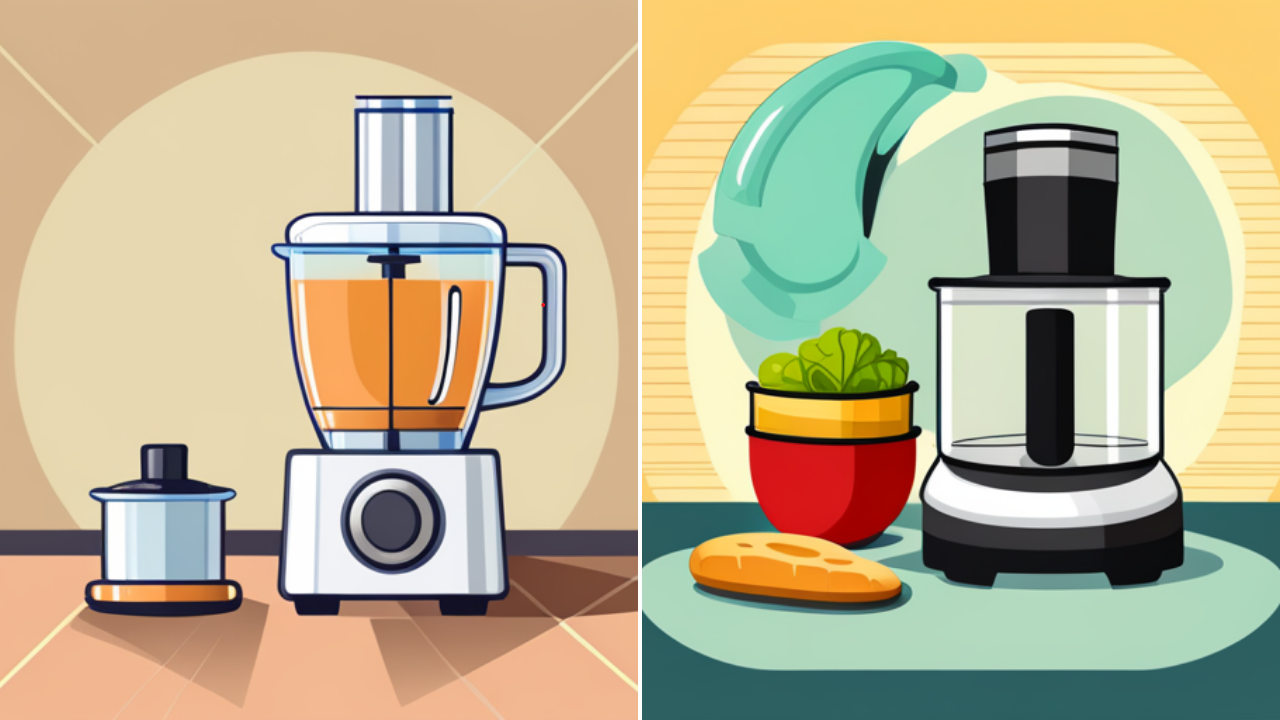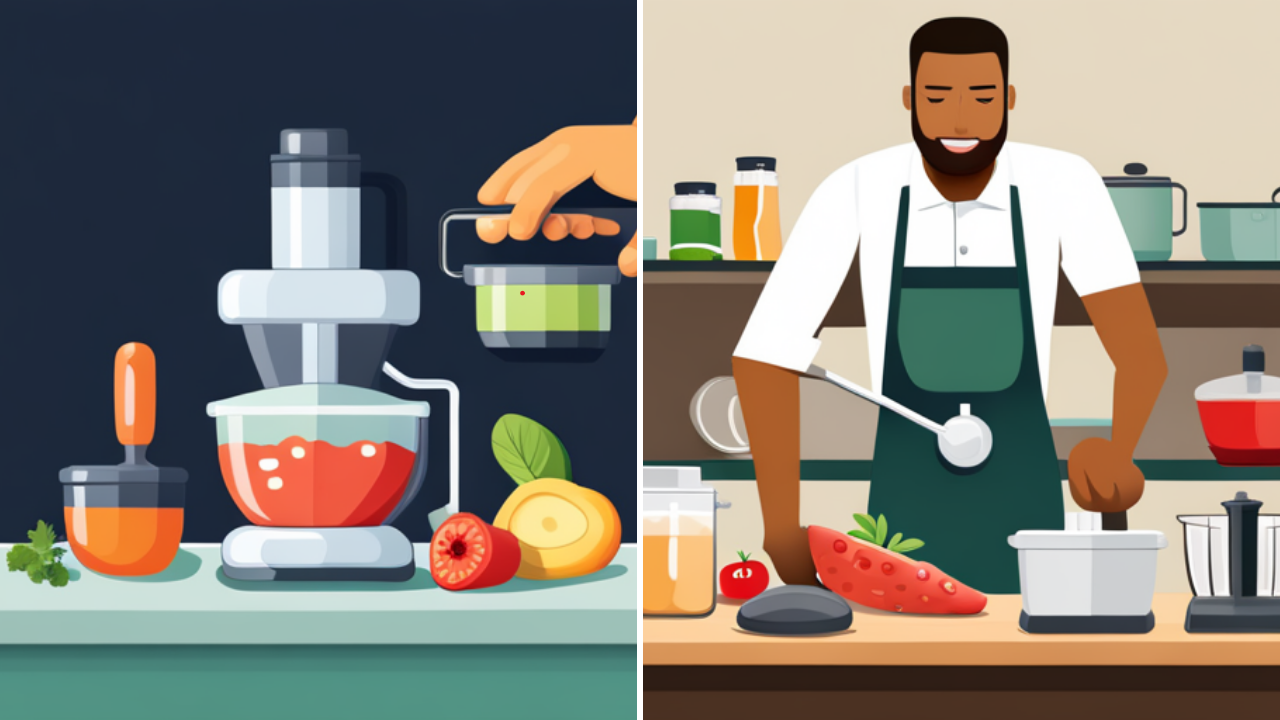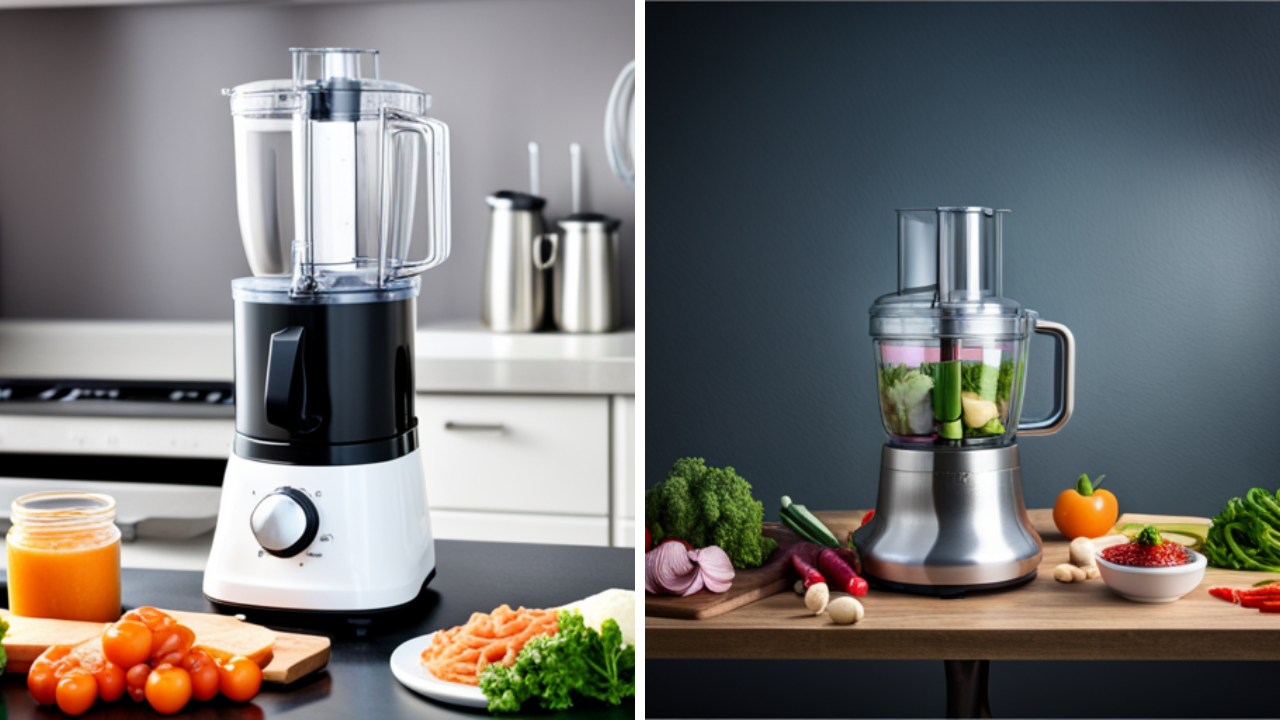Food processors and blenders are two of the most common kitchen appliances used for food preparation.
Both are designed to make our lives easier by reducing the time and effort required to chop, grind, mix, and puree ingredients.
However, while these appliances may seem similar, they are actually quite different in terms of their design, function, and capabilities.
In this article, we will explore the key differences between food processors and blenders, and help you determine which appliance is best suited for your needs.
Food Processor: An Overview A food processor is a versatile appliance that is designed to perform a wide range of tasks, including chopping, slicing, grating, shredding, and mixing.
It typically consists of a base unit with a motor, a work bowl, and various attachments such as blades and discs.
Food processors are generally larger and more powerful than blenders, and are capable of handling larger quantities of food at once.
They are ideal for tasks such as making pie crusts, chopping vegetables, grating cheese, and mixing dough.
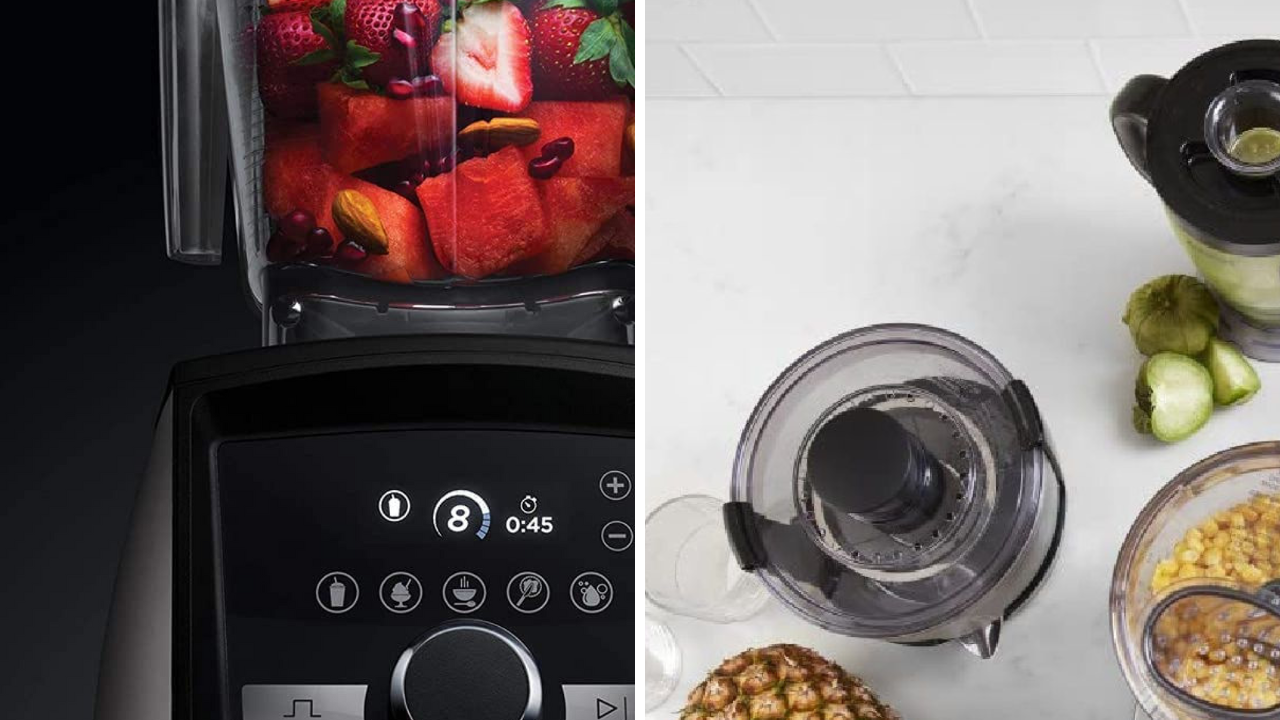
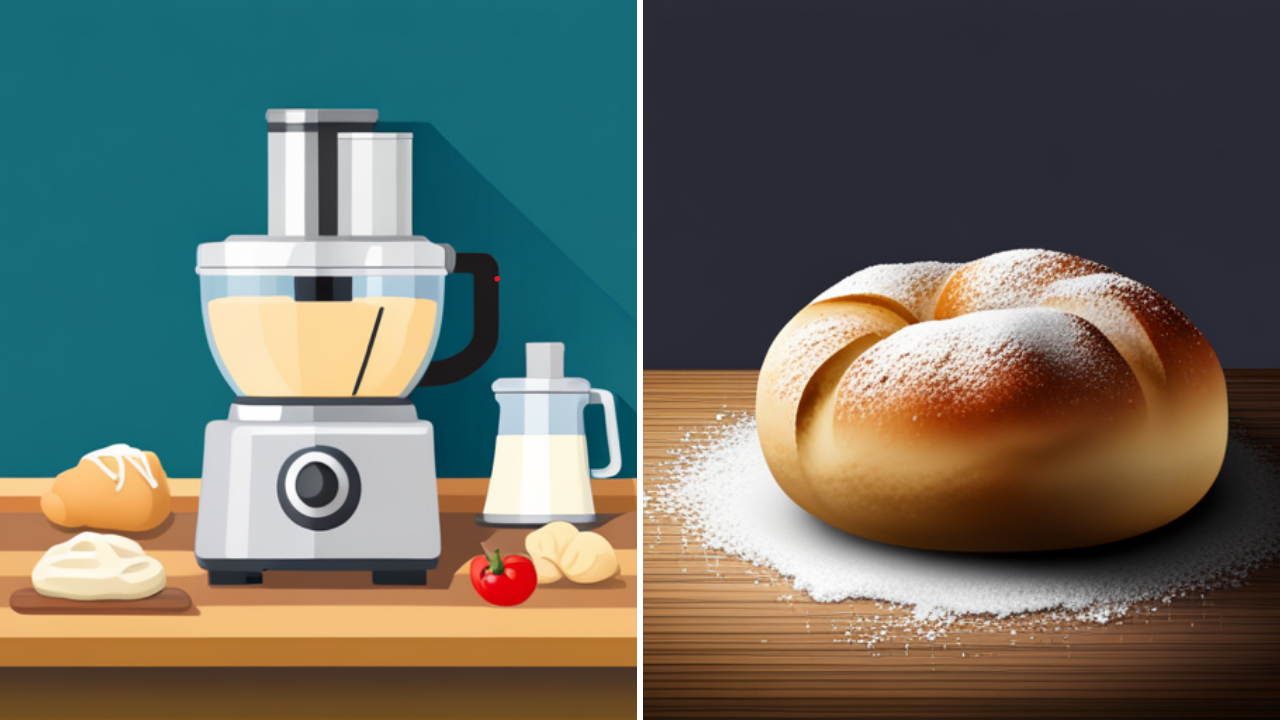
Key Takeaways
- Food processors are versatile appliances that can perform a wide range of tasks, including chopping, slicing, grating, shredding, and mixing.
- They are generally larger and more powerful than blenders, and are ideal for tasks such as making pie crusts, chopping vegetables, grating cheese, and mixing dough.
- Food processors are a great choice for those who want to save time and effort in the kitchen, and are looking for an appliance that can handle a variety of tasks.
Food Processor: An Overview
A food processor is a kitchen appliance that can perform various food preparation tasks, such as chopping, slicing, shredding, and pureeing.
It is designed to handle larger quantities of food and is ideal for preparing meals for large families or parties.
Food processors come with various attachments, including blades, discs, and paddles, that can be interchanged depending on the task at hand. Some models also come with features such as dough hooks and citrus juicers.
One of the main advantages of using a food processor is its versatility.
It can be used to prepare a wide range of dishes, from soups and salads to dips and spreads. It can also be used to make dough, grind meat, and even make nut butter.
Another advantage of using a food processor is its speed. It can process food quickly and efficiently, saving time and effort in the kitchen.
However, there are some limitations to using a food processor. It may not be ideal for tasks such as blending liquids or making smoothies, as it may not achieve the desired consistency.
Overall, a food processor is a valuable tool in any kitchen, and its versatility and speed make it a popular choice for many home cooks.
Blender: An Overview
Blenders are versatile kitchen appliances that are designed to blend, puree, and mix ingredients.
They are commonly used for making smoothies, pureeing soups, and crushing ice. Blenders come in different shapes and sizes, and they can be used for a variety of tasks.
Blenders consist of a motorized base, a container, and a lid. The container is typically made of glass or plastic, and it can be removed from the base for cleaning.
The lid usually has a removable center cap that allows ingredients to be added while the blender is in use.
The motorized base of a blender contains a motor that drives the blades. The blades are typically made of stainless steel and are designed to chop and blend ingredients.
The speed of the blades can be adjusted to achieve different textures and consistencies.
Blenders are available in different types, including countertop blenders, immersion blenders, and personal blenders. Countertop blenders are the most common type and are designed for use on a countertop.
Immersion blenders are handheld and are designed to be used in a pot or bowl. Personal blenders are small and are designed for making single servings.
Overall, blenders are a versatile kitchen appliance that can be used for a variety of tasks. They are easy to use and can be used to make a wide range of recipes.
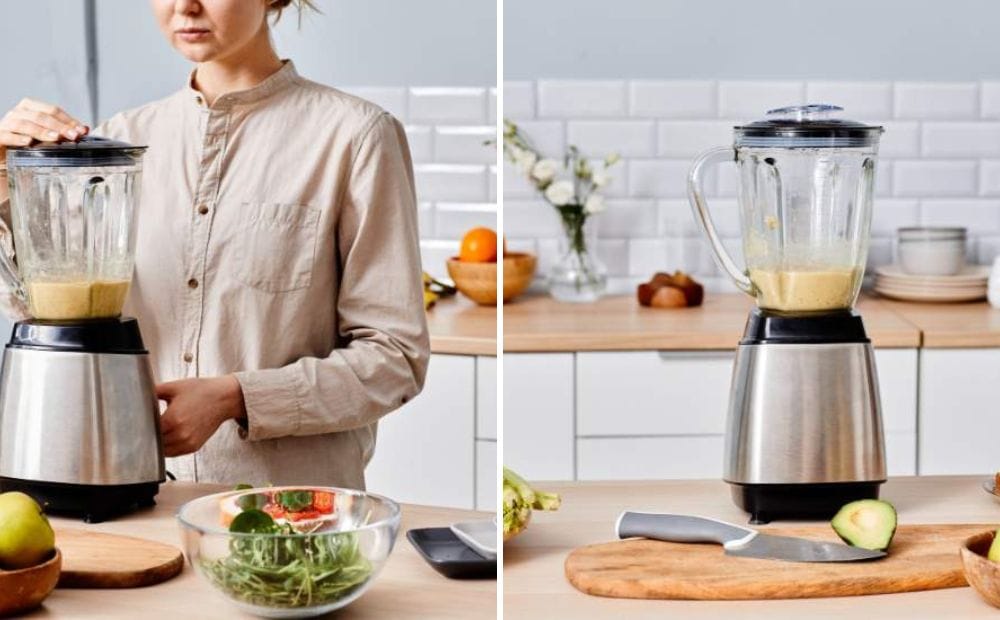
Making smoothies in a blender
Key Differences
When it comes to food processors and blenders, there are several key differences that set them apart. Here are some of the main differences between the two:
Functionality
Food processors are designed to chop, slice, shred, and puree food. They are typically more versatile than blenders and can handle a wider range of tasks, including kneading dough and grinding meat.
Blenders, on the other hand, are designed to blend and liquify ingredients. They are ideal for making smoothies, soups, and sauces, but may struggle with tasks like chopping vegetables or grinding nuts.
Design
Food processors and blenders have different designs that reflect their intended functions. Food processors typically have a wide bowl with a flat blade that sits at the bottom.
They may also come with a variety of attachments, such as slicing and shredding discs.
Blenders, on the other hand, have a tall, narrow container with a blade at the bottom.
They may also come with different types of blades, such as a chopping blade or a whisk attachment.
Price
Food processors and blenders vary in price depending on their size, features, and brand.
Generally speaking, food processors are more expensive than blenders, with high-end models costing several hundred dollars.
Blenders, on the other hand, are generally more affordable, with many models available for under $100.
Maintenance
Both food processors and blenders require regular cleaning and maintenance to keep them in good working order.
Food processors can be more difficult to clean, as they have more parts and attachments. Blenders are typically easier to clean, but may require more frequent cleaning if used frequently.
In summary, food processors and blenders have different functions and designs that make them better suited for different tasks.
While food processors are generally more versatile, blenders are better for blending and liquifying ingredients.
The price and maintenance requirements of each appliance can also vary significantly.
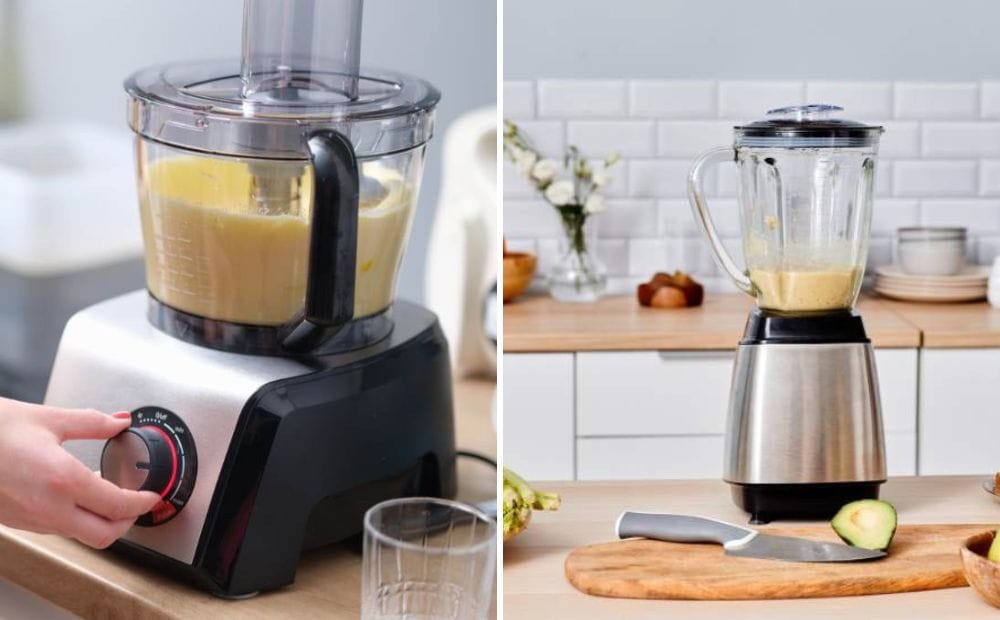
Food processor vs a blender
Pros and Cons
Food Processor
A food processor is a versatile kitchen appliance that can chop, shred, slice, and puree food. Here are some pros and cons of using a food processor:
Pros
- Large Capacity: Food processors come with large capacity bowls, which makes it easy to prepare large quantities of food.
- Versatility: Food processors can perform a wide range of tasks, including chopping vegetables, shredding cheese, and pureeing sauces.
- Time-Saving: Food processors can save time by quickly chopping and slicing ingredients, which can be especially helpful when preparing large meals.
Cons
- Bulky: Food processors can take up a lot of counter space and can be difficult to store.
- Limited Liquids: Food processors are not designed to handle liquids very well, which can make it difficult to puree soups or make smoothies.
- Expensive: Food processors can be expensive, especially if you are looking for a high-quality model with a lot of features.
Blender
A blender is a kitchen appliance that is designed to blend, puree, and crush food. Here are some pros and cons of using a blender:
Pros
- Liquids: Blenders are designed to handle liquids well, which makes them ideal for making smoothies, soups, and sauces.
- Easy to Clean: Blenders are easy to clean, as most models come with removable blades and jars that can be washed in the dishwasher.
- Affordable: Blenders are generally more affordable than food processors, making them a great option for those on a budget.
Cons
- Limited Tasks: Blenders are not as versatile as food processors and are primarily designed for blending and pureeing.
- Small Capacity: Blenders typically have smaller capacity jars, which can make it difficult to prepare large quantities of food.
- Limited Precision: Blenders are not as precise as food processors, which can make it difficult to achieve consistent results.
Food Processor vs Blender vs Mixer - Which?
Choosing the Right Appliance
When it comes to deciding between a food processor and a blender, there are a few factors to consider. Here are some things to keep in mind when choosing the right appliance for your kitchen.
Consider Your Cooking Style
Think about what types of recipes you typically make. If you frequently prepare soups, smoothies, and other liquid-based dishes, a blender may be the better choice.
However, if you often make doughs, sauces, and dips, a food processor may be more versatile.
Evaluate Your Budget
Food processors and blenders come in a range of prices, so it's important to consider your budget.
While high-end models may offer more features and power, they may not be necessary for your needs. Look for a model that fits your budget and has the features you need.
Assess Your Space
Consider the size of your kitchen and the amount of counter and storage space you have available.
Food processors and blenders come in a range of sizes, so make sure you choose a model that fits your space. If you have limited storage space, look for a model that is easy to disassemble and store.
By considering your cooking style, budget, and space, you can choose the right appliance for your kitchen.
Whether you opt for a food processor or a blender, both appliances can be valuable tools for preparing delicious meals and snacks.
Conclusion
Both food processors and blenders have their unique features and functions. It is important to consider what tasks you will be using them for before making a purchase.
If you are looking for a machine that can handle a wide range of tasks, a food processor may be the better option.
It can chop, shred, slice, and mix ingredients with ease, making it a versatile tool in the kitchen.
On the other hand, if you are looking for a machine that can blend ingredients into a smooth consistency, a blender is the way to go. It can make smoothies, purees, and soups with ease, and can even crush ice for frozen drinks.
Ultimately, the decision between a food processor and a blender depends on your specific needs and preferences.
Consider the types of tasks you will be using the machine for, and choose the one that best fits those needs.
Frequently Asked Questions
What are the key differences between a food processor and a blender?
A food processor is designed to chop, shred, and slice food, while a blender is used to blend and puree food. Food processors have a wider bowl and come with various blades and attachments to perform different tasks. Blenders, on the other hand, have a narrow pitcher and are typically used for making smoothies, soups, and sauces.
Which is better for making hummus, a food processor or blender?
A food processor is better for making hummus as it has a wider bowl and powerful blades that can easily blend and puree the chickpeas and other ingredients. A blender may work, but it may not be as efficient in creating a smooth and creamy texture.
Can a blender be used as a substitute for a food processor?
In some cases, a blender can be used as a substitute for a food processor. However, a blender is not as versatile as a food processor and may not be able to perform certain tasks such as shredding or slicing. It is important to note that a blender may not be as efficient as a food processor in certain applications, such as making dough or grinding nuts.
What are some good options for a blender and food processor combo?
Some good options for a blender and food processor combo include the Ninja Mega Kitchen System, the Cuisinart BFP-703BC SmartPower Duet, and the Hamilton Beach 70730C Food Processor.
What are the advantages and disadvantages of using a food processor for chopping compared to a chopper?
A food processor is more versatile than a chopper as it can perform a wider range of tasks such as shredding, slicing, and pureeing. However, a chopper is more compact and easier to use for simple chopping tasks. Additionally, a food processor may not be as efficient as a chopper for chopping small amounts of food.
What are some of the best uses for a food processor?
Some of the best uses for a food processor include making dough, chopping vegetables, shredding cheese, pureeing soups and sauces, and creating nut butters. A food processor can also be used for making homemade pesto, hummus, and salsa.
If your blender has worn out and you need a new quality blender, check out the blog post below for our top picks of the Best Blender Food Processor Combo.

And if you need a quiet blender, check out this article on the Best Quiet Blender for Smoothie Lovers.
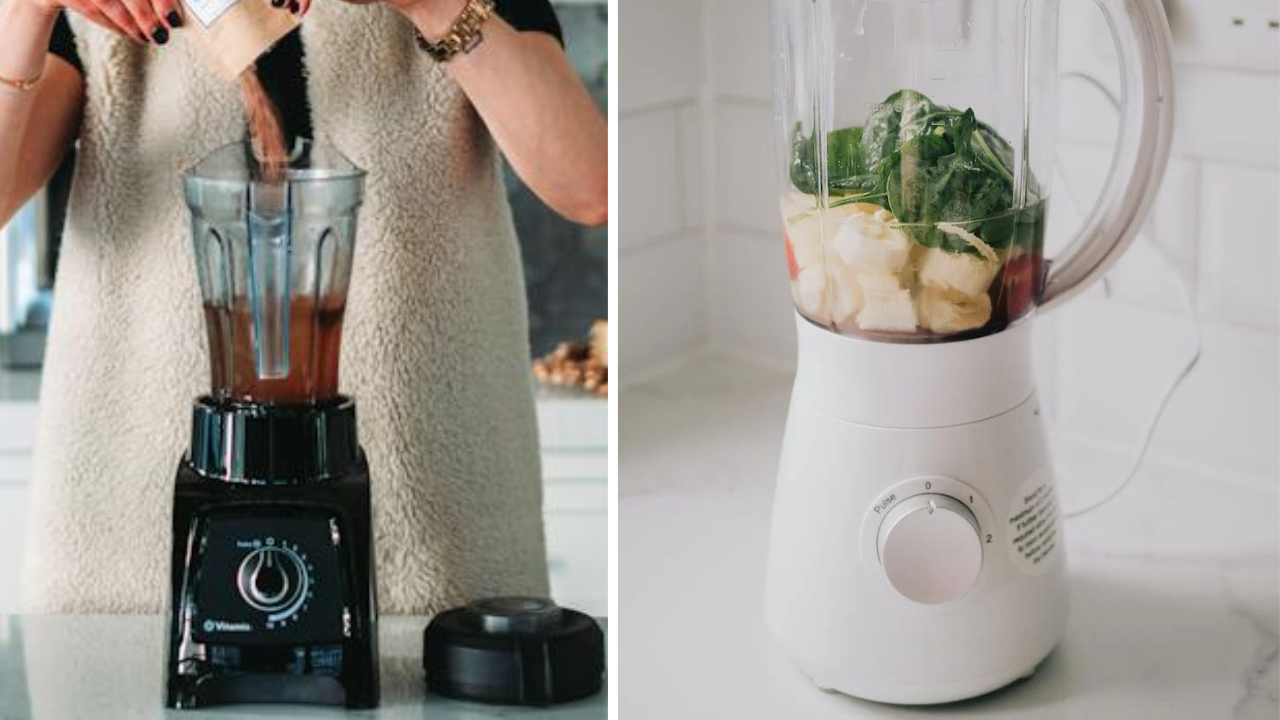
Or, if a food processor works best for you, here are some articles you may be interested in:

